Canada spans nearly 3,000 miles from the Atlantic to the Pacific, creating tremendous diversity across its urban centers. Quebec City and Vancouver represent opposite poles of Canadian identity—one preserving centuries of French colonial heritage in the east, the other embracing Pacific multicultural influences in the west.
Here is a list of 15 things that truly separate these two iconic Canadian cities, showcasing how geography and history shape remarkably different urban experiences.
Architectural Timeline

Quebec City showcases North America’s most intact 17th and 18th century architecture with its UNESCO-protected Old Town enclosed by the continent’s only remaining fortified city walls. The stone buildings lining narrow cobblestone streets create an authentic European atmosphere that predates the founding of Canada itself.
Vancouver’s skyline features sleek glass towers mostly built after 1980, reflecting its rapid development into a Pacific metropolis with architecture prioritizing views of the surrounding mountains and harbor.
Seasonal Extremes
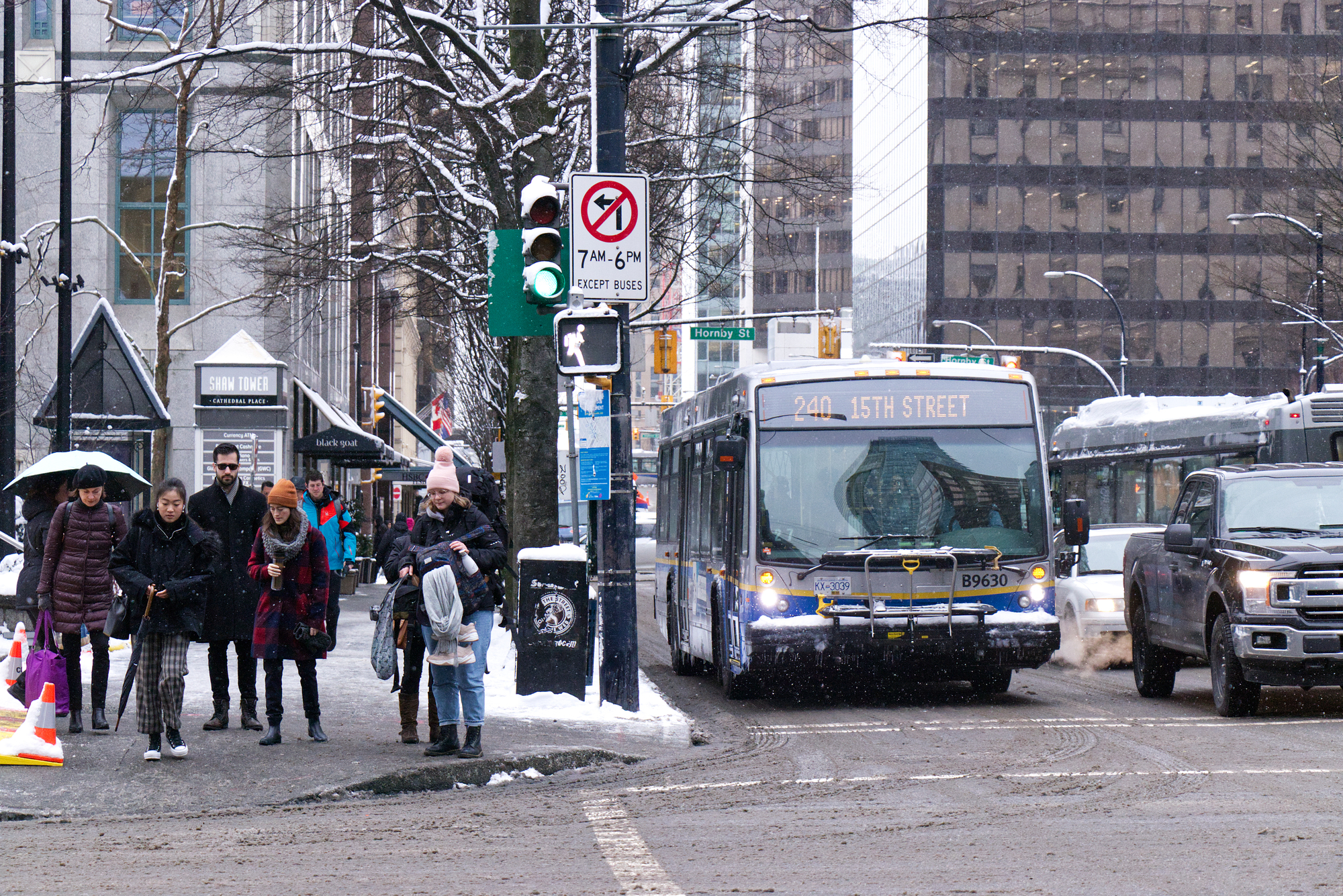
Quebec City embraces dramatic seasonal contrasts, with winter temperatures regularly dropping below 0°F, transforming the city into a snow-covered wonderland for nearly five months each year. Summer brings the opposite extreme with humid 80°F days that create an entirely different city experience, complete with outdoor cafes and festivals.
Vancouver maintains the mildest climate in Canada, with winter temperatures rarely dropping below freezing and summer highs seldom exceeding 75°F, creating a temperate environment where outdoor activities remain possible year-round despite frequent rainfall.
Language Landscape

Quebec City functions almost exclusively in French, with approximately 95% of residents speaking it as their primary language and many having limited English proficiency, especially in neighborhood establishments away from tourist areas. The language creates an immersive cultural experience, connecting visitors directly to the city’s French heritage.
Vancouver operates as a multilingual metropolis where English serves as the common tongue alongside significant populations speaking Mandarin, Cantonese, Punjabi, and dozens of other languages, reflecting its position as a Pacific immigration hub.
Like Travel Pug’s content? Follow us on MSN
Culinary Foundations
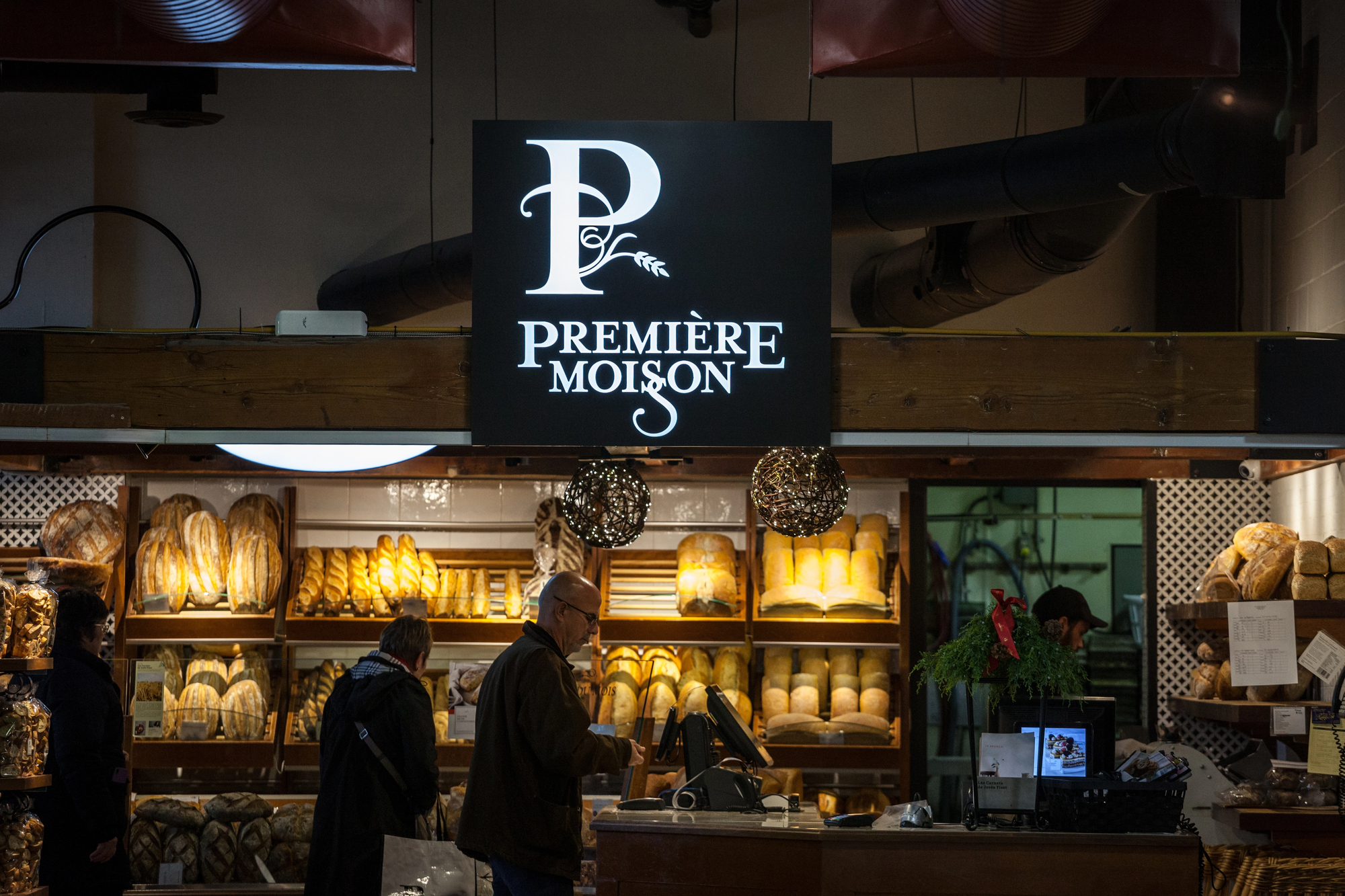
Quebec City’s cuisine celebrates traditional French-Canadian comfort foods like tourtière meat pies, poutine, and maple-infused dishes that reflect centuries of adaptation to harsh winter conditions. Local restaurants take pride in preserving recipes passed through generations while incorporating regional ingredients from the St. Lawrence Valley.
Vancouver’s dining scene draws primary influence from Asian culinary traditions, particularly Japanese, Chinese, and Indian cuisines, often fused with sustainable Pacific Northwest ingredients like local seafood, mushrooms, and vegetables harvested nearly year-round.
Physical Constraints
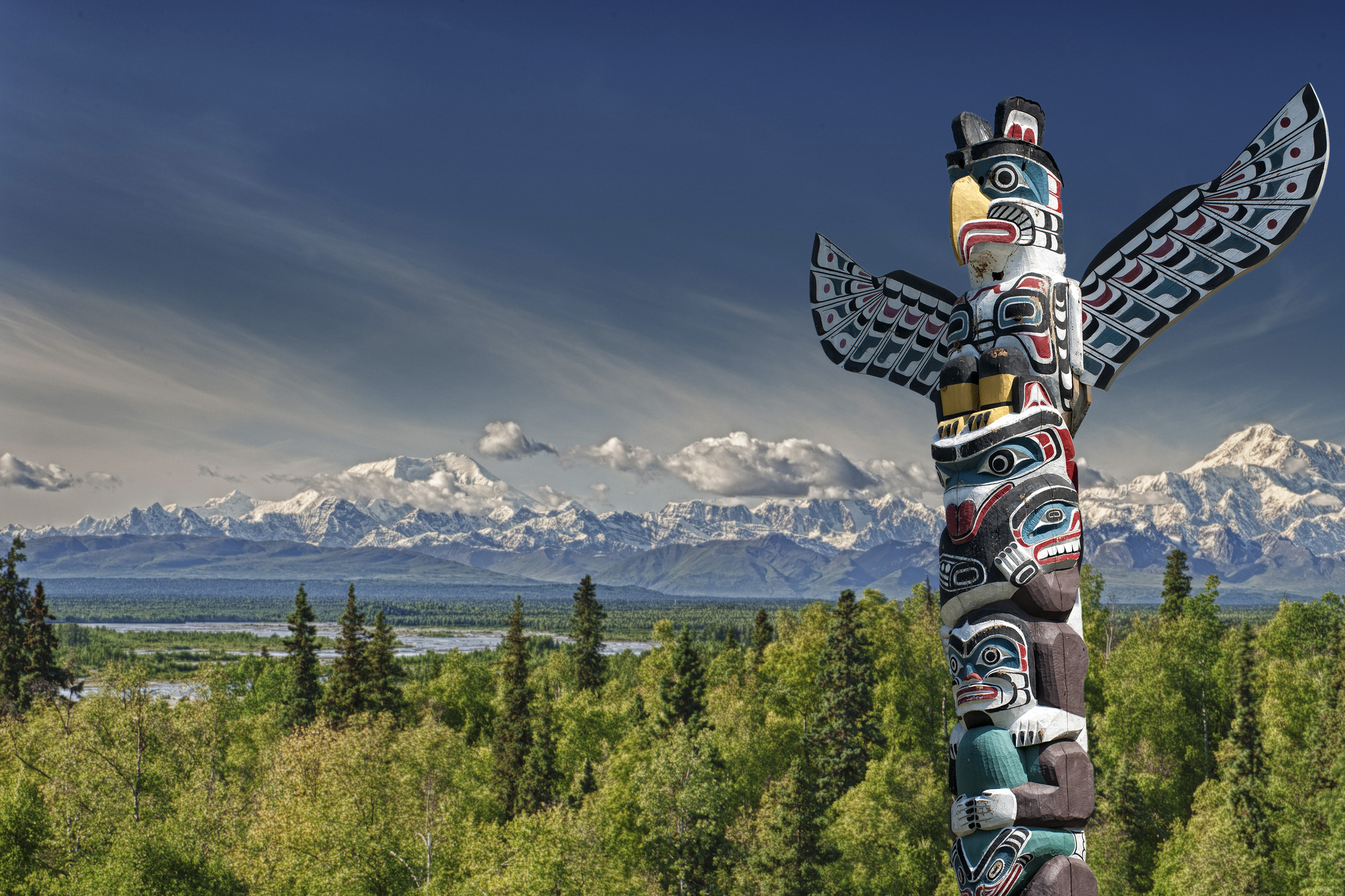
Quebec City developed on dramatic topography featuring Upper Town perched atop Cape Diamond and Lower Town nestled against the St. Lawrence River, connected by steep staircases and the funicular. This vertical dimension creates distinct neighborhoods with natural boundaries that have remained largely unchanged for centuries.
Vancouver exists within tight geographical constraints with the ocean on three sides and mountains to the north, forcing development to maximize limited space through density rather than sprawl, resulting in one of North America’s most compact major urban areas.
Green Space Integration
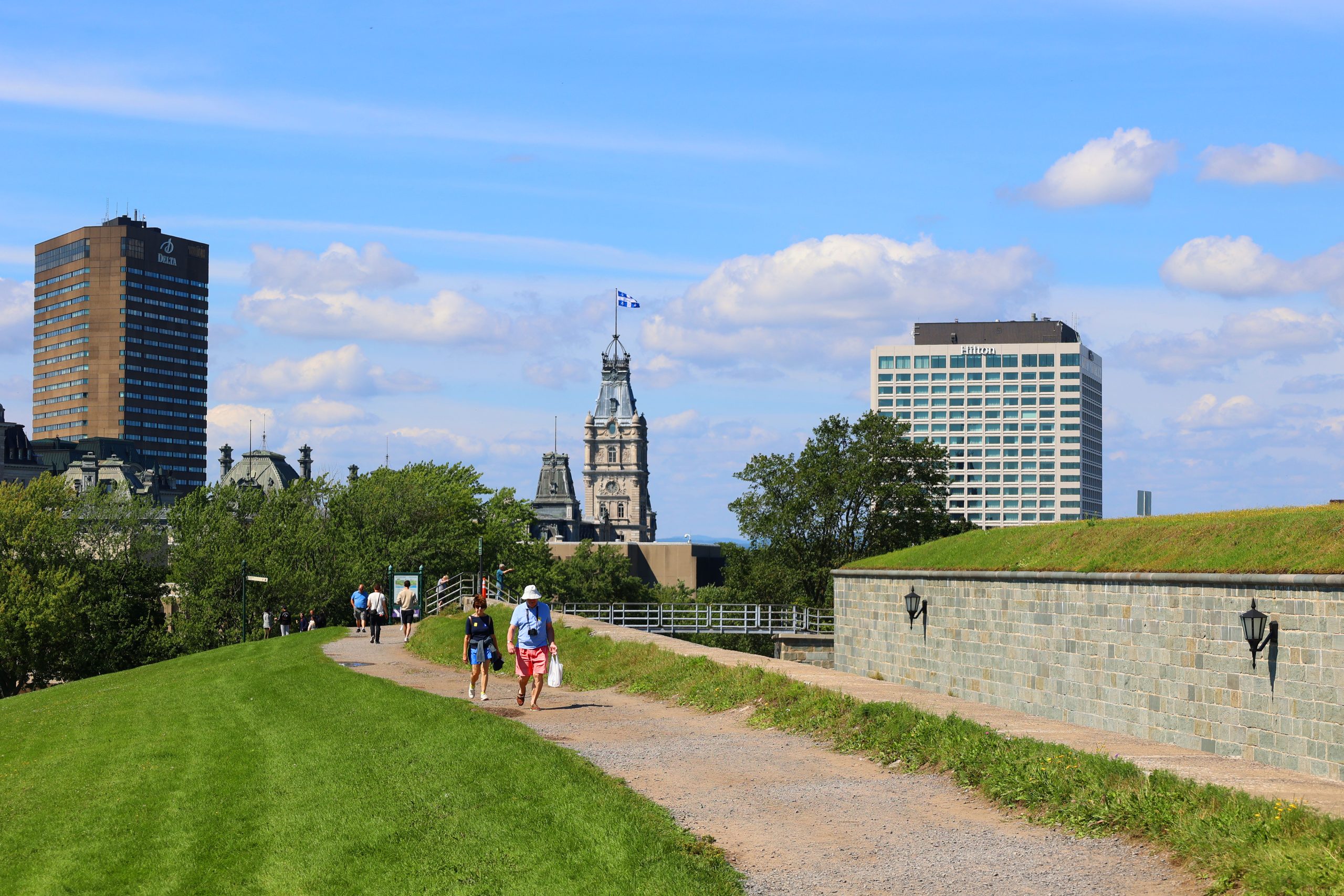
Quebec City incorporates formal European-style gardens like the Plains of Abraham battlefield park, designed with geometric precision and historical significance rather than wilderness preservation. The green spaces often commemorate specific historical events or figures central to the city’s French heritage.
Vancouver weaves wild nature directly into its urban fabric with massive Stanley Park preserving an authentic coastal rainforest ecosystem within steps of downtown skyscrapers, maintaining ancient trees and natural shorelines rather than manicured landscapes.
Like Travel Pug’s content? Follow us on MSN
Indigenous Presence
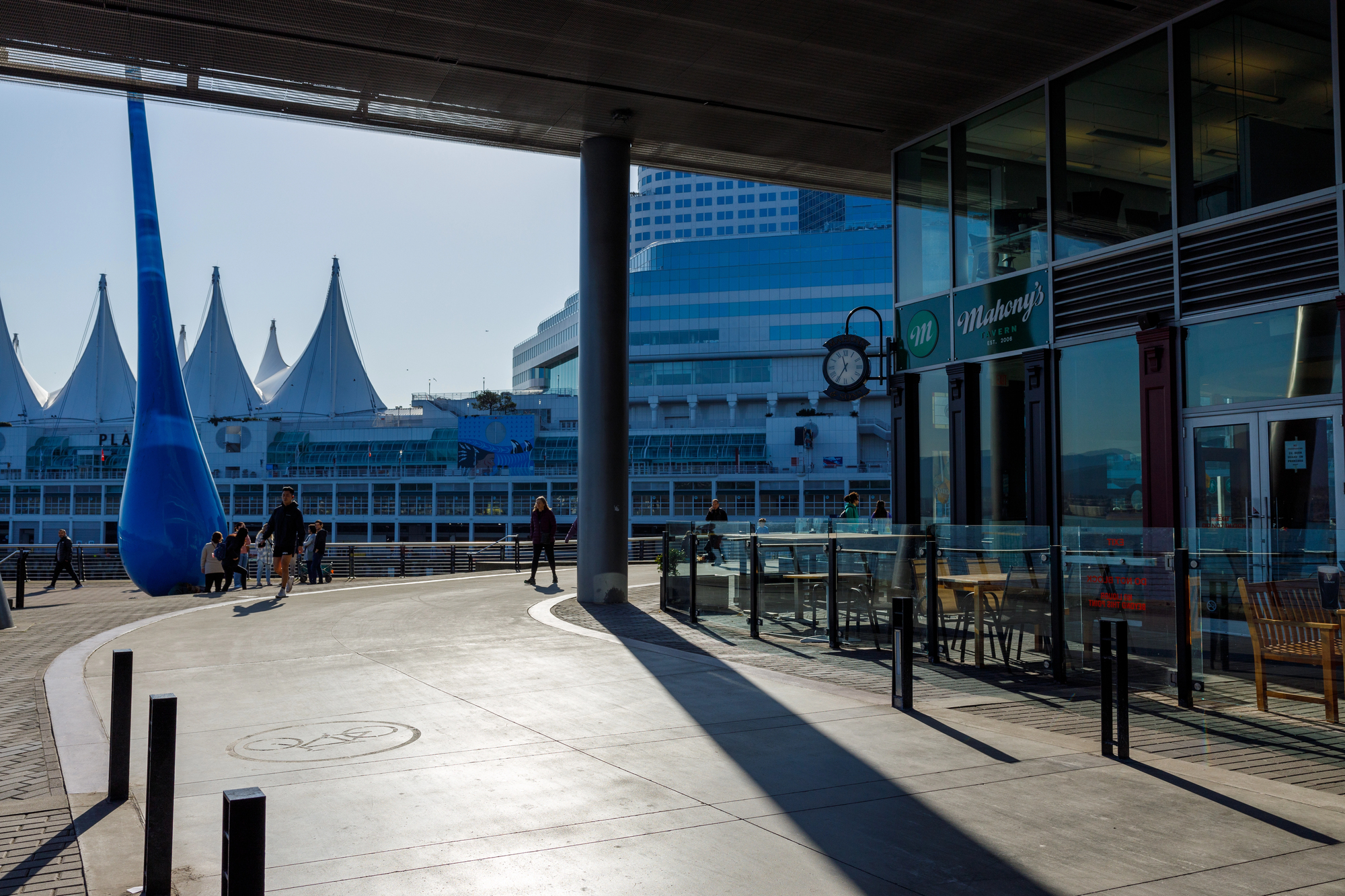
Quebec City’s relationship with indigenous heritage remains primarily historical, with Huron-Wendat influences visible in museums and occasional cultural centers but less evident in daily city life. The French colonial narrative dominates the city’s public spaces and historical presentations.
Vancouver actively acknowledges its location on unceded Coast Salish territories, with prominent public art by First Nations artists, welcome figures at major institutions, and indigenous place names increasingly incorporated into official city designations and signage.
Waterfront Function
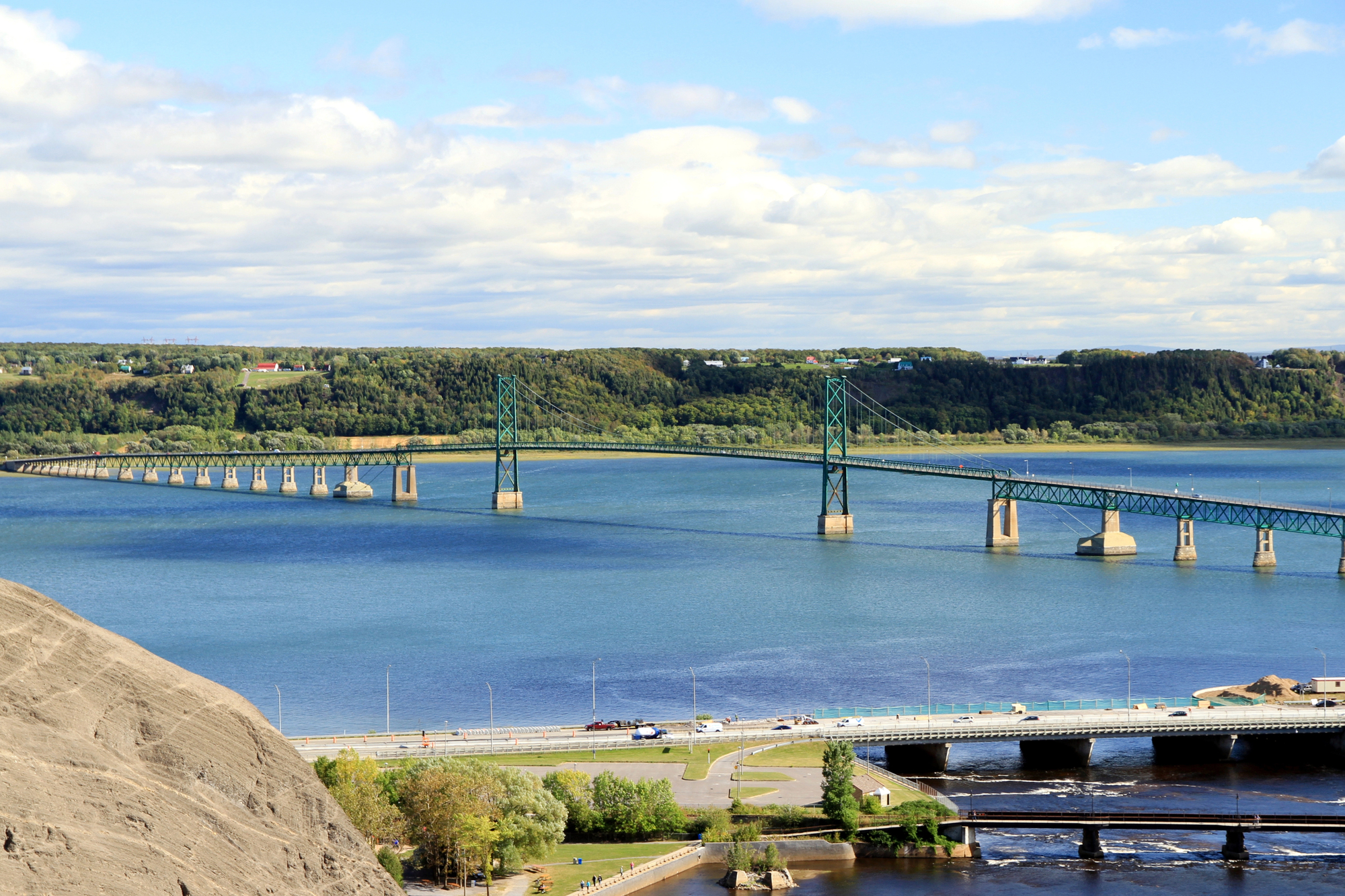
Quebec City’s relationship with water centers on the mighty St. Lawrence River, with the historic port area now primarily serving cruise ships and pleasure craft rather than commercial shipping, which has moved downstream. The riverfront connects directly to the oldest parts of the city, emphasizing historical maritime trade.
Vancouver embraces its working harbor with massive container ships anchored offshore while seaplanes land alongside pleasure craft, creating a dynamic waterfront that balances commercial maritime activities with recreational access along the extensive seawall.
Transportation Priorities

Quebec City preserves its pedestrian-scale historic core where walking remains the primary and most rewarding way to experience the Old Town’s narrow streets and hidden courtyards never designed for vehicular traffic. The compact historic districts encourage exploration on foot, even during winter months.
Vancouver has developed North America’s most comprehensive alternative transportation network with extensive dedicated bike lanes, frequent public transit, and car-sharing services that complement its dense urban form and environmental priorities.
Like Travel Pug’s content? Follow us on MSN
Tourism Identity
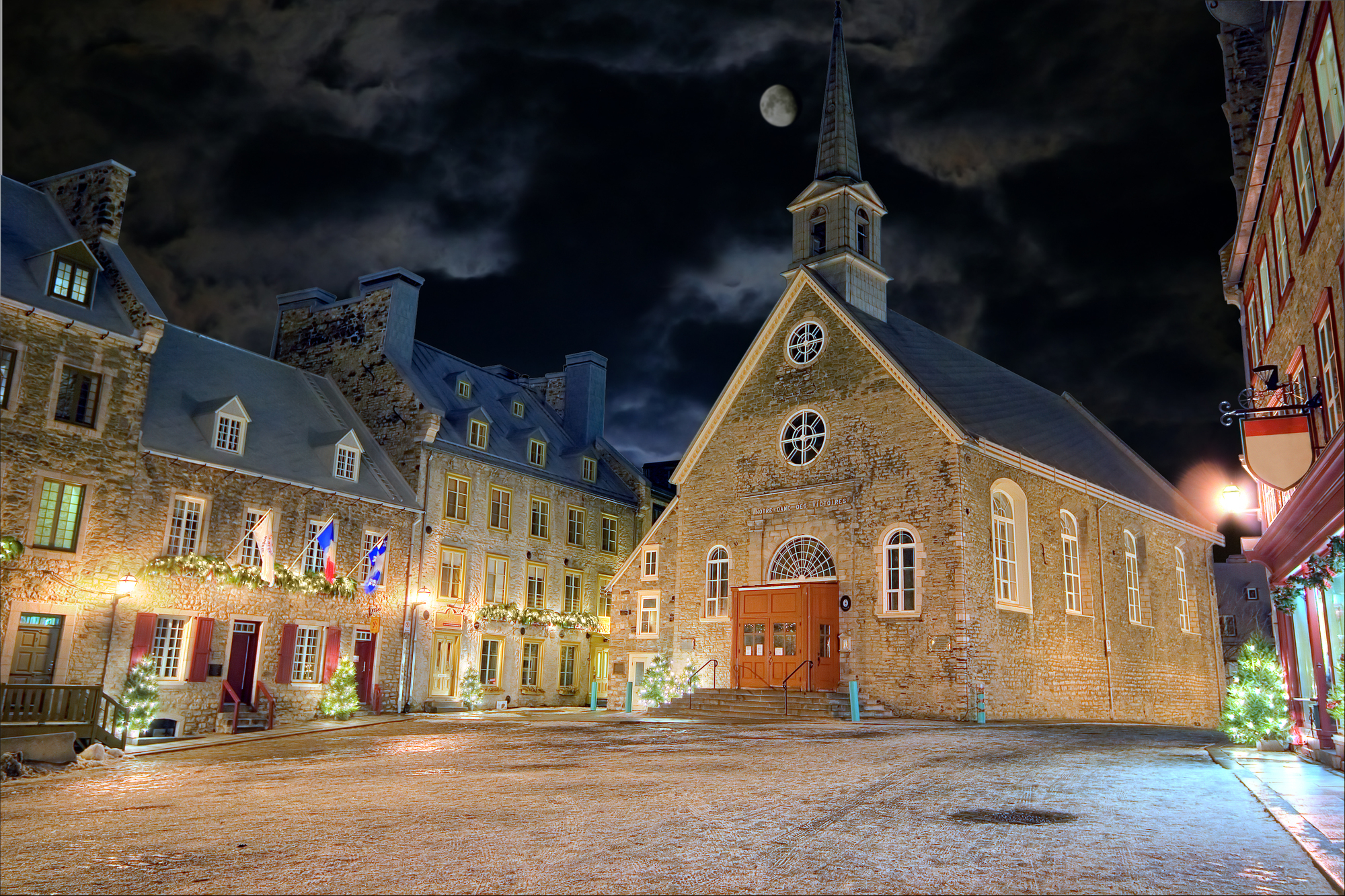
Quebec City attracts visitors specifically seeking a European atmosphere without crossing the Atlantic, with tourism focusing on historical immersion, heritage architecture, and French cultural experiences like Winter Carnival with its ice palaces and night parades. The city consciously maintains its historical character as its primary attraction.
Vancouver draws travelers using the city as both a destination and gateway to outdoor adventures in the surrounding mountains, islands, and wilderness areas, positioning itself as a base camp for experiencing British Columbia’s natural wonders.
Building Materials
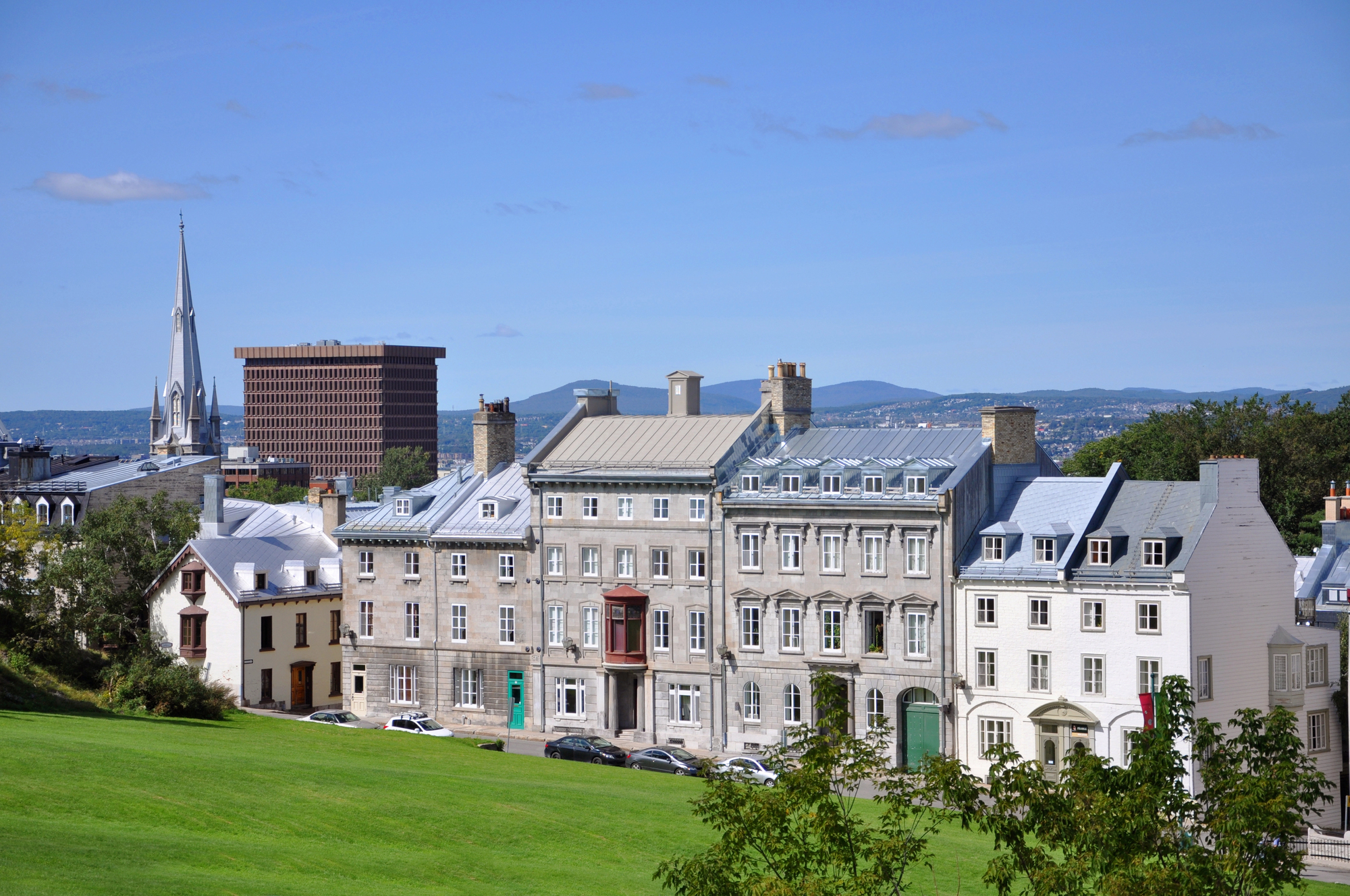
Quebec City features buildings constructed primarily from local limestone and wood, materials that have developed rich patinas over centuries of exposure to extreme weather conditions. The stone structures speak to permanence and protection against harsh winters that shaped construction methods.
Vancouver showcases glass as its defining building material, maximizing views and natural light in response to the frequently overcast skies, with newer buildings featuring expansive windows designed to frame specific mountain and ocean vistas.
Demographic Patterns
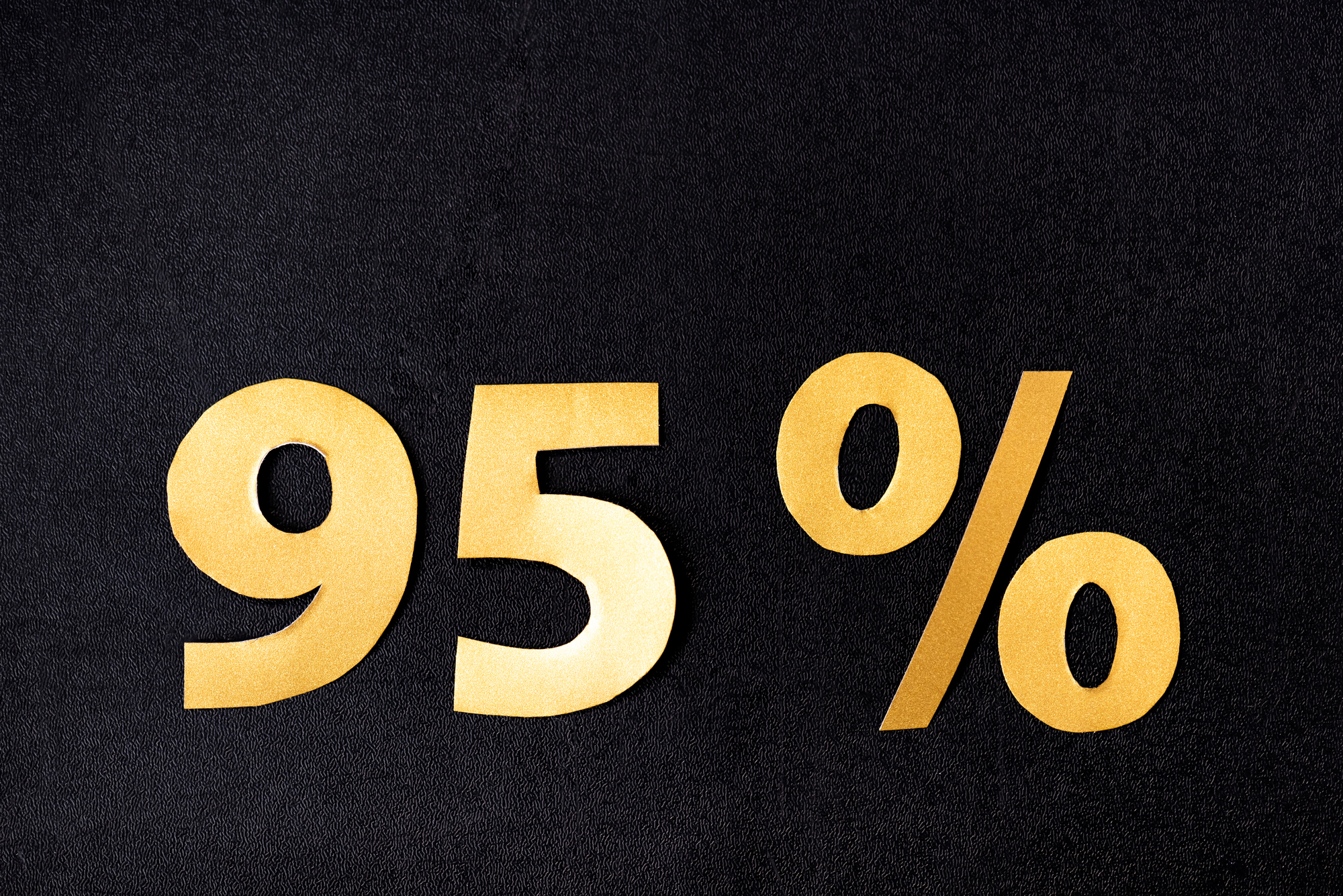
Quebec City maintains one of Canada’s most demographically homogeneous populations, with over 95% claiming French-Canadian heritage, creating a strong cultural continuity that preserves traditions and community practices across generations. The population skews older than the national average with lower immigration rates.
Vancouver ranks among North America’s most diverse cities, with over 40% of residents born outside Canada and visible minorities comprising the majority in many neighborhoods, creating a constantly evolving multicultural identity shaped by ongoing immigration primarily from Asian-Pacific regions.
Like Travel Pug’s content? Follow us on MSN
Economic Foundations
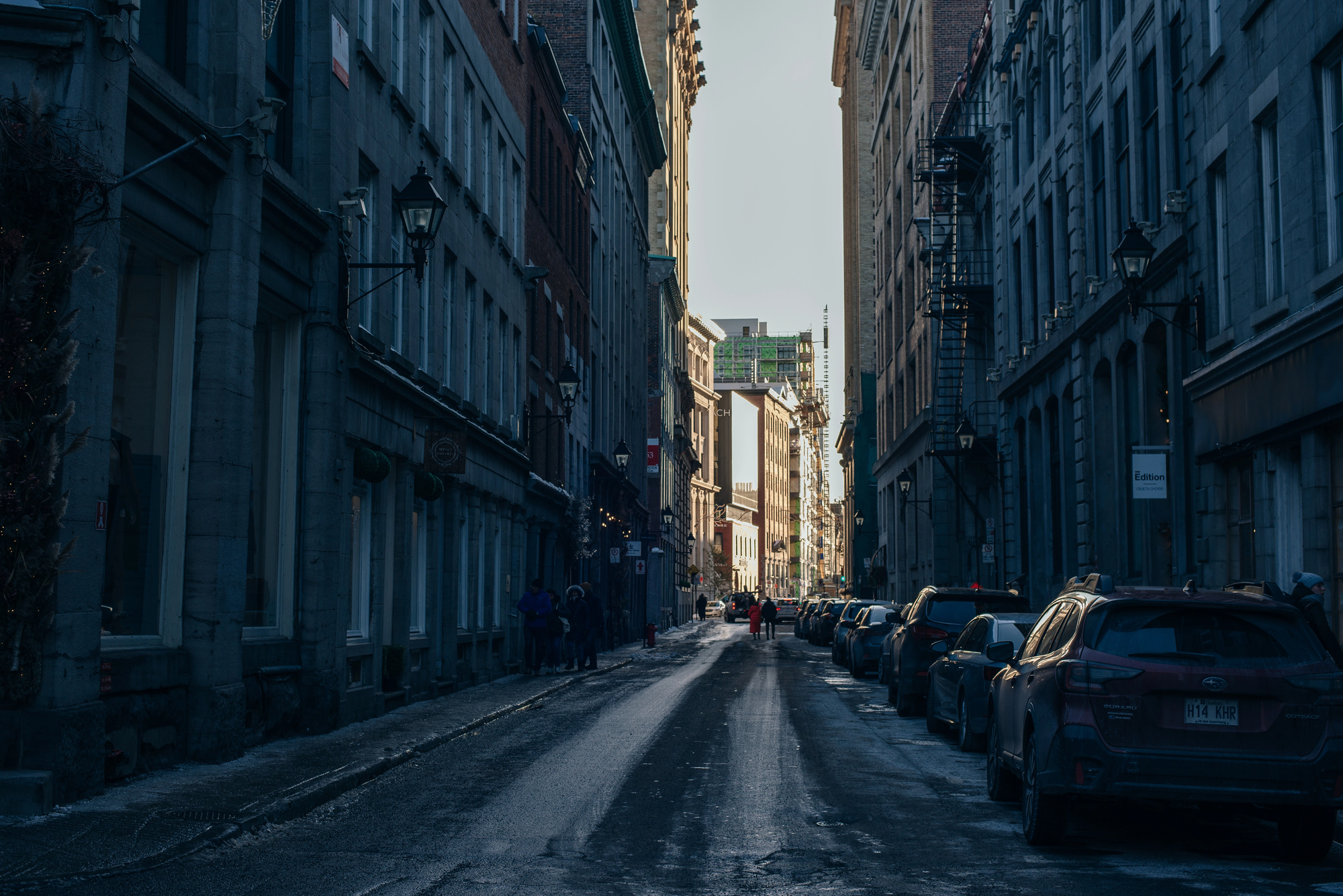
Quebec City’s economy centers around government administration as the provincial capital, tourism leveraging its unique heritage, and institutional employment through universities and healthcare systems. The economic rhythm follows traditional patterns with less volatility than resource-dependent or globally-connected regions.
Vancouver’s economy ties directly to Pacific trade, real estate development, film production, technology startups, and tourism, creating more direct exposure to global economic trends and investment from Asian markets that can drive rapid changes in local conditions.
Religious Landscapes
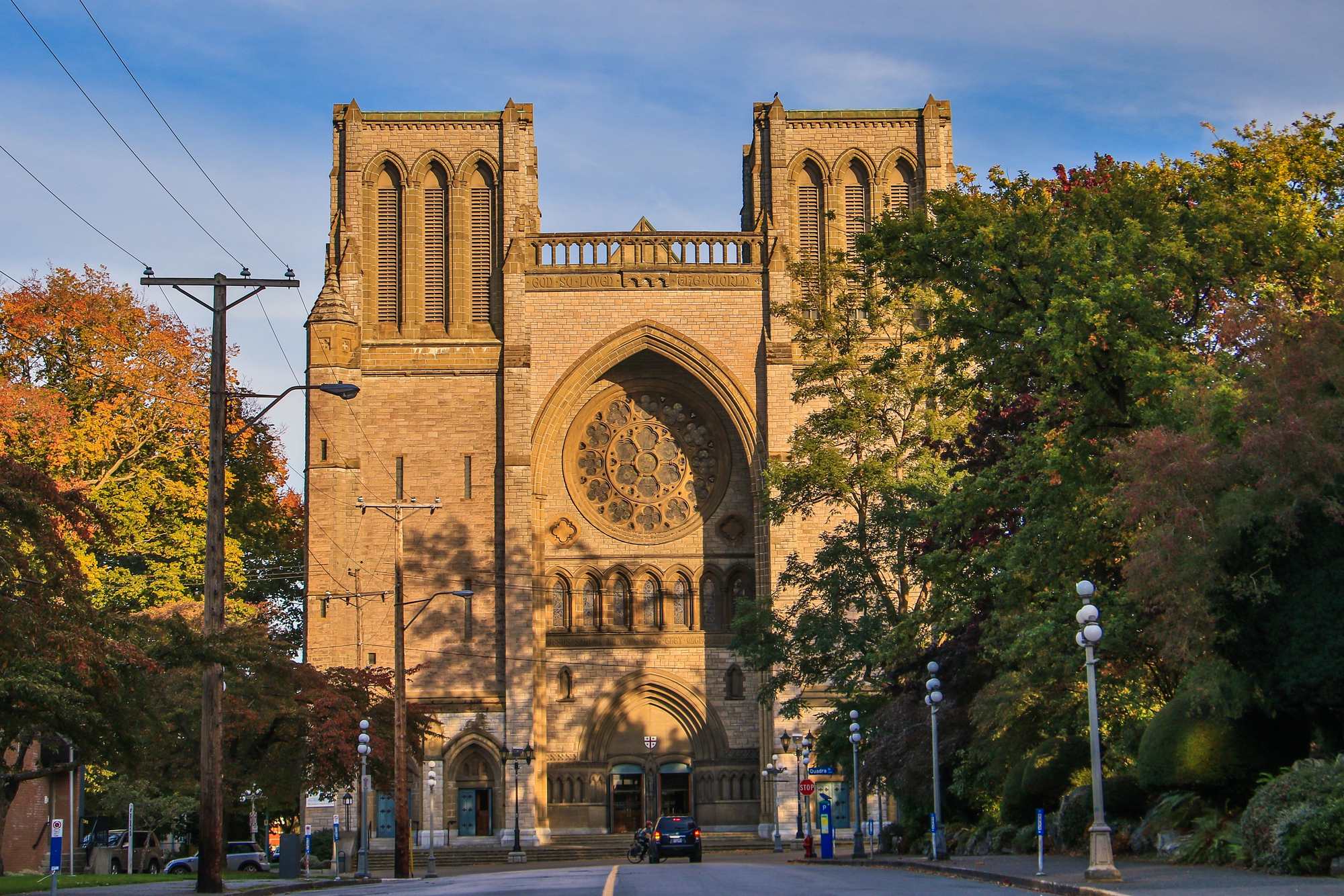
Quebec City’s skyline features prominent Catholic church spires reflecting centuries when the Church dominated social life, with many historic religious buildings now repurposed for secular uses following Quebec’s Quiet Revolution of the 1960s. The religious architecture remains central to the city’s identity despite declining religious practice.
Vancouver displays greater religious diversity with Buddhist temples, Sikh gurdwaras, and mosques integrated throughout residential neighborhoods rather than dominating central areas, reflecting the various faith traditions brought by immigrant communities.
Relationship With Nature
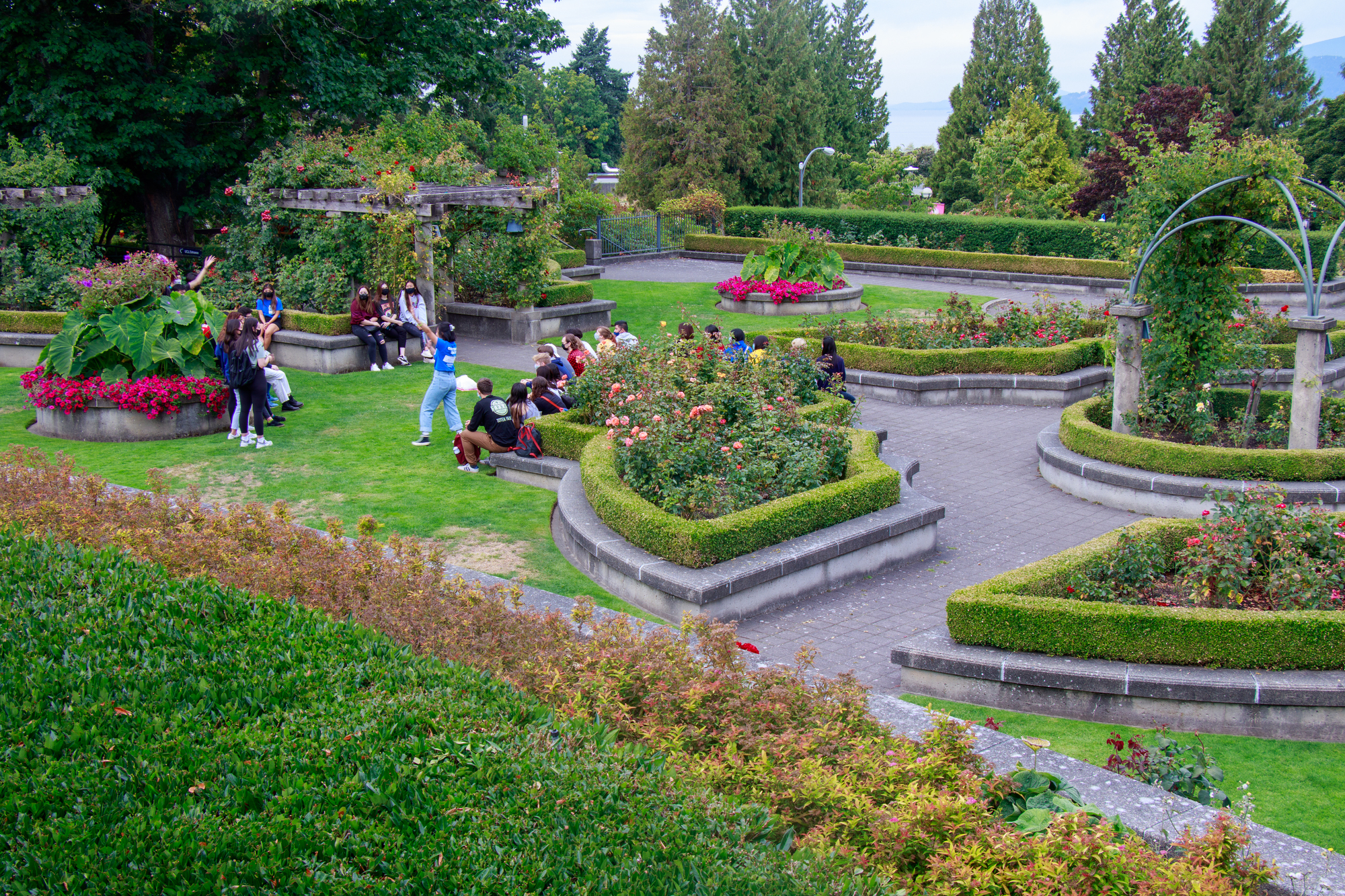
Quebec City demonstrates human adaptation to challenging natural conditions, with everything from building designs to cultural activities showing how inhabitants have learned to thrive despite long winters and geographic isolation. The approach often involves creating protected spaces against natural elements rather than constant engagement with the outdoors.
Vancouver celebrates constant access to nature with lifestyle patterns revolving around outdoor recreation regardless of weather, from lunchtime seawall jogs to weekend mountain activities, embracing rain through specialized gear rather than indoor retreats.
Like Travel Pug’s content? Follow us on MSN
The Dual Identities of Canadian Urban Life
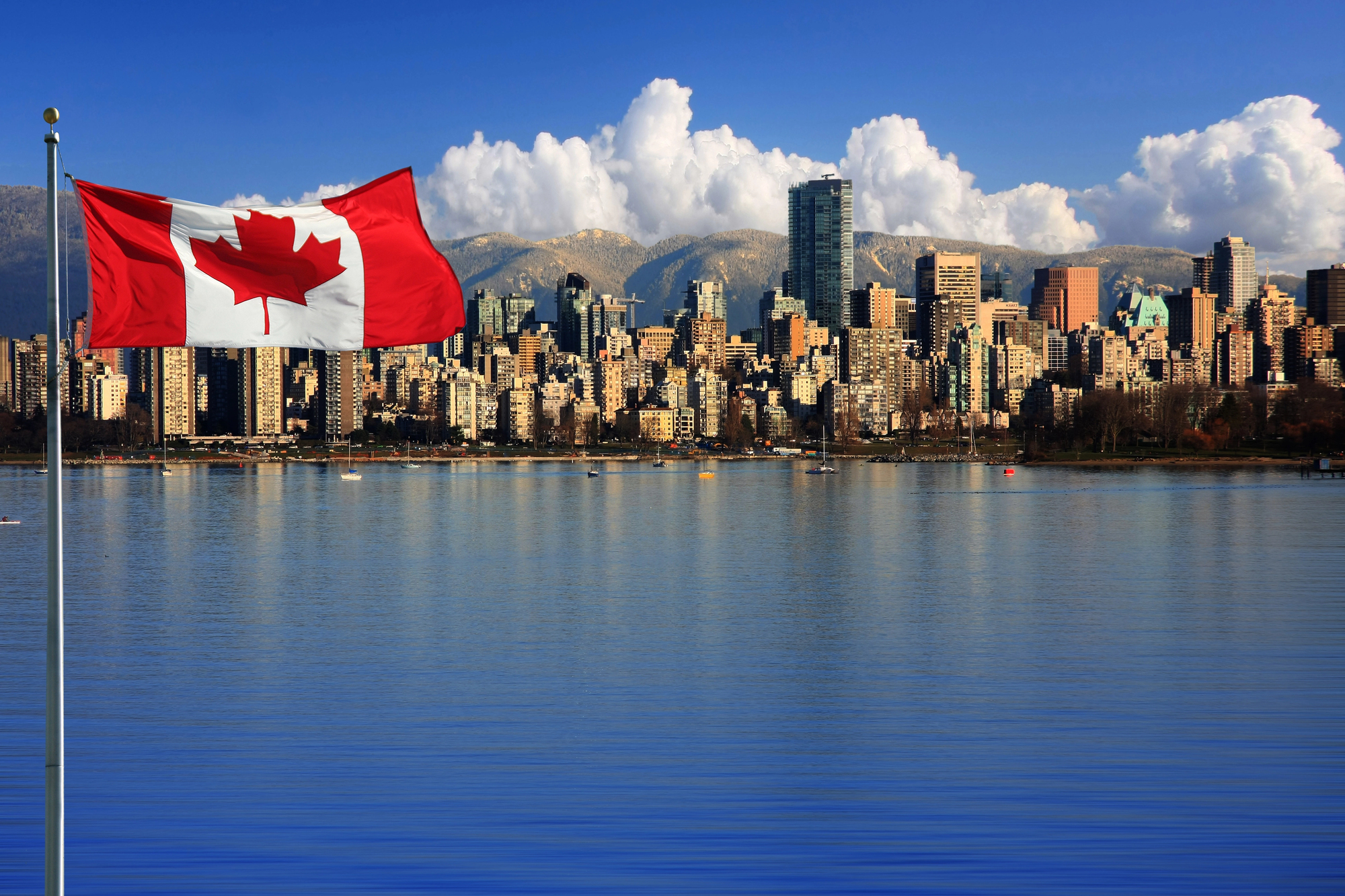
These two cities show the breathtaking sweep of Canadian urban life. Quebec City guards French heritage in North America, preserving cultural and architectural traditions that provide the background for insight into Canada’s two-language nature.
Vancouver shows Canada’s Pacific orientation and multicultural future, demonstrating how geography and immigration keep redefining national identity. They, collectively, illustrate how one country can accommodate fiercely divergent meanings of city life, each representative in its own right but summing to the rich mosaic that is modern Canada beyond facile stereotypes or national broad generalizations.
More from Travel Pug

- Cities Growing so Fast You Won’t Recognize Them in 10 Years
- 13 Destinations Where Tourists Regularly Regret Their Trip
- 20 Obscure WWII Sites Even History Buffs Don’t Know About
- 10 Under-the-Radar Mountain Towns That Are Both Affordable and Beautiful
- Remote Villages in Europe Where You Can Live for Free in Exchange for Work
Like Travel Pug’s content? Follow us on MSN
